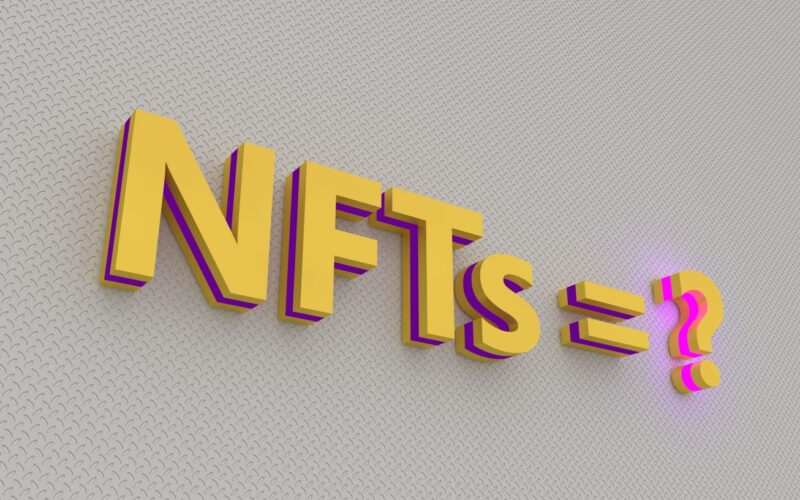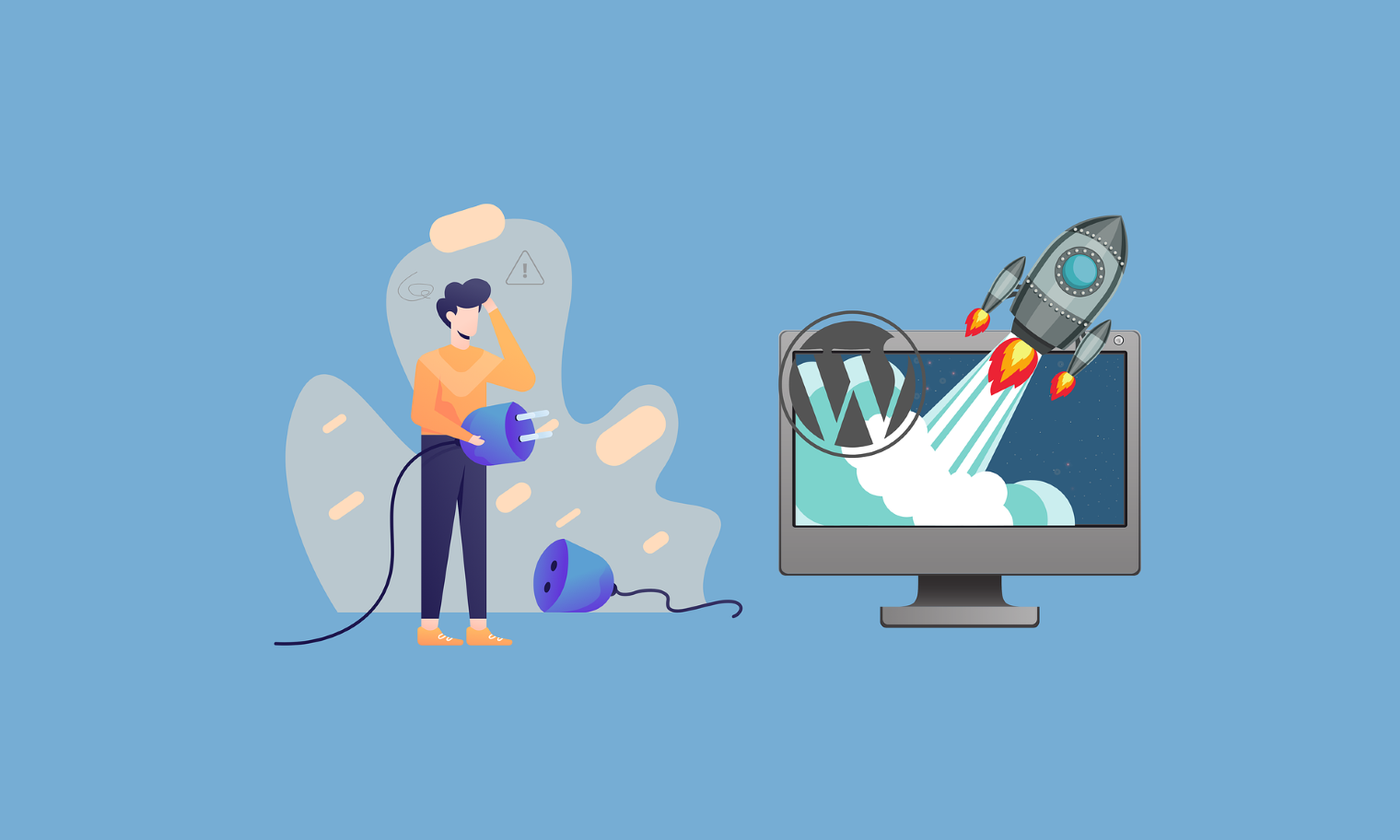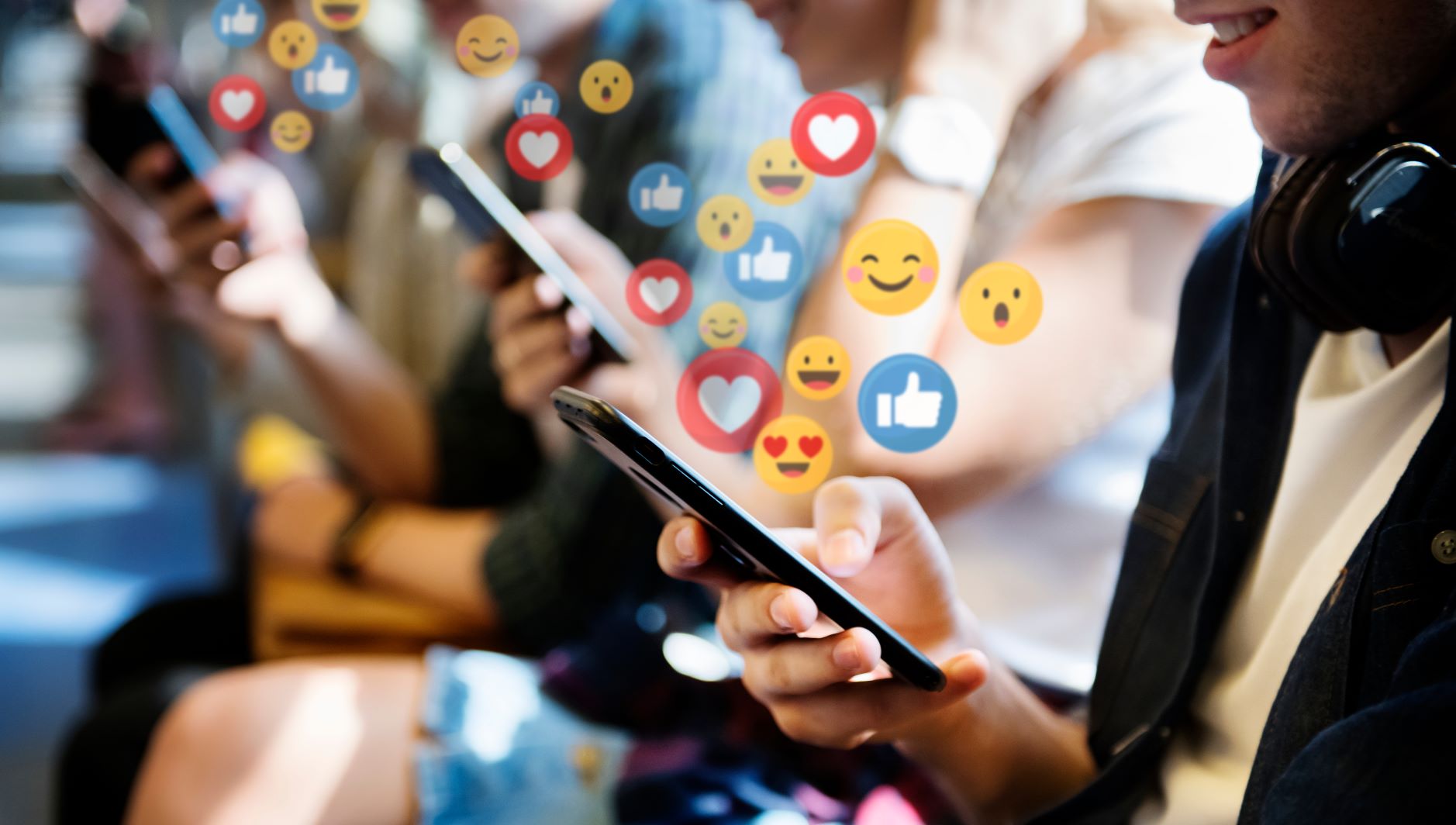Cryptocurrencies, utility tokens, security tokens, are all examples of digital assets, and their categories are growing and evolving simultaneously as cryptography and blockchain technology. In the same way that cryptos have introduced a different meaning to the world of commodities, NFTs have, on the opposite end of the spectrum, changed the dynamics of digital art. Digital artwork created using NFT technology might conceivably be duplicated endlessly even without the consent of the original creator.
Evin McMullen, the co-founder of Serto, a Consensys firm, said that usability is important. According to her, “we must improve the user experience so that it is more relevant, straightforward, and fun for both corporate users and individual customers.”
NFTs provide a new way of producing money on the internet by digitizing assets, monetizing intellectual property, and validating the authenticity of physical assets. We’ll look at some of its applications but first, let’s take a look at what precisely NFT is and how it works.
What is NFT?
NFT mean digital assets that have identifying information stored in smart contracts and are not interchangeable with other digital assets. Because they are cryptographic assets on a blockchain, each with a unique identification number and meta-data, they are incompatible with any other form of exchange. Non-fungible tokens are tokens that may be used to represent ownership of unique goods like artwork, collectables, and even real estate.
How does it work?
NFTs are Ethereum blockchain-based individual tokens that hold additional databases. For example, many individuals collect old paintings since just one is very valuable. A digital ownership certificate will be created from the artwork using non-fungible tokens. Although there isn’t a single digital version of NFTs work available, others may generate it in the same as the art prints of an original. Used NFT copies are still valid on the blockchain, but not valued the same as the original.
Since it’s a digital file, it’s easy to copy. You can download or copy the file, but it won’t get the information that makes it part of the Ethereum blockchain. It indicates you merely downloaded a common image that won’t earn you a billionaire.
How can you use NFTs?
NFTs have garnered a great deal of interest and have become a reality in the fields of the arts, entertainment, and business. The following are some ideas of use cases where you can benefit from your NFT.
NFT Art: The association between NFTs and digital art has been established for a long time. Even if the artwork is imaginary in the actual world, NFTs are capable of identifying it. When the ownership and validity of cryptographic art can be proved digitally, it tends to gain in value. In certain cases, it becomes more important to verify the asset’s ownership status than it is to determine its intrinsic worth. NFTs are successful in various transactions. For example, in the year 2021, a meme such as “Disaster Girl,” whose original photograph sold for $500k, might be popular.
NFT in Game: Experts estimate that about 2 million individuals participate in online gaming activities every day. Every day, millions of users play with the small blobs of Axie Infinity, which has a $3 billion value. “Gaming is incredibly interesting because there are already billions of people purchasing digital things inside of games,” stated Devin Finzer, CEO of OpenSea, the biggest NFT platform.
The reason for NFT’s lack of adoption in this business is that the production lifespan of games is longer than that of digital arts & collectables. However, as more people choose blockchain games, the industry is shifting to NFT facilities. These NFT can be used to buy in-game items as well.
NFT in Finance: NFTs provide distinct financial ability in Defi. Most have some artwork, however, their value is determined by their use. Users can access token pools through various NFT platforms and models, resulting in secondary markets for these NFTs dependent on the level of access they can give.
If you have invested a significant portion of your salary in a CryptoPunk NFT, but suddenly find yourself in urgent need of funds, there is no need to worry since you may use that CryptoPunk аѕ collateral for a loan on NFTfi. “NFTs allow certain unique asset behaviours,” said Andrew Steinwold, Managing Partner of Sfermion.
NFT in Fashion and wearables: Luxurious brands are increasingly entering the NFT industry. The merger of high fashion and blockchain is generating a revolution in the fashion industry. The set comprises real assets such as retail apparel and other accessories, as well as their digital counterparts are known as NFTs.
The combination of techniques such as NFT and augmented reality with physical couture has resulted in the creation of a new line of digital clothes that will soon overrun industry aficionados. “People could construct financial products, like an index of the top-selling shoes today,” Shen said, allowing you to invest in a pool of 100 hottest sneakers, for example, rather than a single pair.
NFT in Music: Similar to a picture or video file, artists could link audio parts to NFTs to create a collectable piece of music. It’d be like having the original edition of a digital record. Musicians have a tough time obtaining a fair portion of royalties. Probably, their music may not always be accepted by bigger streaming platforms.
Shawn Mendes, Grimes, and Snoop Dogg have all dabbled with NFTs, experimenting with new methods to monetise and communicate with fans. Kings of Leon weren’t satisfied with merely releasing an album as an NFT; they were so ecstatic that they performed their NFT in space. As a result, this approach is designed to address all of these difficulties, and artists will no longer be reliant on third-party services.
NFT for Tickets and Events: It can be used for events and tickets, and it also acts as concert souvenirs. So, like old ticket slips to Beatles concerts, it might be worth something eventually. Inside the venue, you may use the NFT to purchase food or alcohol.
If Drake has a show coming up and you want to attend which you can by using your NFT. Because of smart contracts, the income from your NFT automatically pays Drake 40%, the DJ 10%, the lighting crew 2%, the janitors 1%, and so forth. Because no middleman is required to organise the payments, you pay practically no expenses. If you purchased a VIP ticket, the NFT grants you entrance to Drake’s backstage area, or it may get you unique access to future digital items.
NFT in Identification and documentation: NFTs could help manage personal identification. NFTs may tokenize documents such as degrees, academic certificates, licences, and other certifications, as well as medical records, childbirth certificates. The identification or certification can be issued immediately via the blockchain as an NFT. This provides individuals more control over their data and helps avoid identity theft.
In the future, driver’s licences or passports may be similarly designed. A smartphone app or NFTs might help eradicate fake ID, visa, and passport fraud, although specifics are still being worked out. Vaccine passports are another use of NFTs. San Marino has adopted NFT COVID-19 vaccination passports. The tokens will aid in document authentication and decrease counterfeiting.
NFT in Domain Name Ownership: Ownership of blockchain domains is controlled by private keys. Blockchain domain NFTs provide domain trade and customization. The standard domain name service is controlled by ICANN, raising worries about censorship and security. Blockchain domain names are permanently registered in a public registry and cannot be erased or changed.
Blockchain domain NFTs allow for quick trading and customisable domain names. The Ethereum Name Service (ENS) and Unstoppable Domains, which are decentralised alternatives to the regular DNS, allow crypto-addresses akin to an Instagram or Twitter handle, but each name must be unique. Although Instagram and Twitter users cannot sell their usernames, ENS and Unstoppable Domains enable users to purchase and sell crypto-addresses. The more well-known names have greater pricing.
NFT in Real Estate: NFTs provide venues for the sale of digital real estate in both the virtual and physical worlds. Digital real estate implementations are gathering steam in a variety of games. When using NFTs to acquire items and locations, the original owners & producers could be recognised. The digital “Mars House,” which portrays a house walled in glass and encircled by neon lights, is an example of virtual real estate.
Even though the “house” sold for $500K, the owner is unable to enter since it is virtual. Other instances of virtual real estate have included a Twitter feed selling virtual homes and the buying and selling of real estate in virtual role-playing games such as Superworld.
NFT in Logistics and supply chain: The primary role of NFTs inside the supply chain is to authenticate items, ensure their quality, and validate their provenance. Despite being in their early stages, blockchain-based NFTs are suited for logistics applications because of their immutability as well as transparency, which maintains supply chain data legitimacy and dependability. Knowing where the items have been and for how long is critical in the food and some other perishable sectors.
NFTs prevent counterfeiting, track items across the supply chain, and ensure uniqueness. This applies to premium fashion supply networks. NFTs may also give information on a product’s materials and components. This may assist manage costs. NFTs might also help the industry monitor recyclable and sustainable resources.
Conclusion:
It is the creation of non-fungible tokens that have not only brought crypto art & digital collectables together, but it has also assisted many industries throughout the globe in establishing the legitimacy of their products. As a whole, NFTs are a fascinating development for both technology and other fields such as art, trade, and property. Its many applications, ranging from watch certificates to digital animals, and much more. This article has tried to explain some ways in which an NT owner could use it and gain maximum utilizing benefits.











8 comments